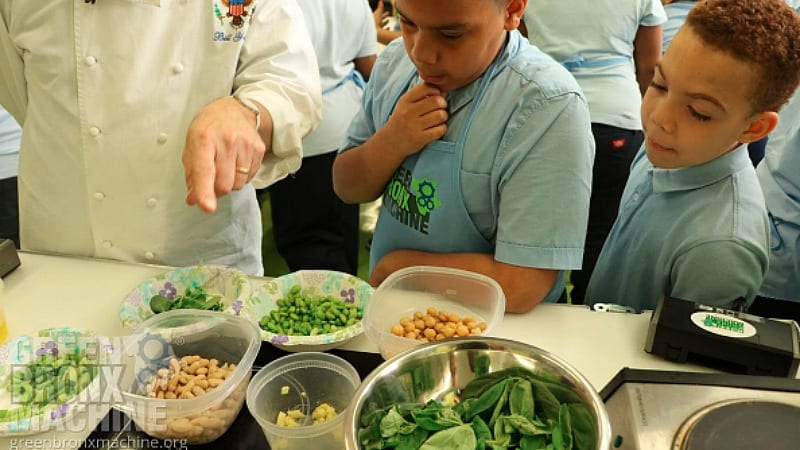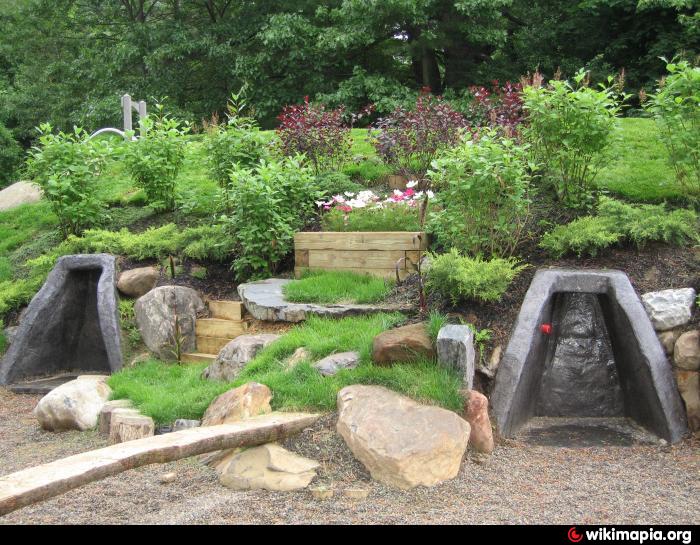Simply put, “school sustainability” means being kind to your campus environment and not depleting natural resources around school grounds. Schools around the country are making sustainability a top priority with district-wide committees and daily efforts to tackle everything from air quality to consumption and waste. Easier said than done? Hardly. You got this!
As a teacher and green leader in your school, you can share these simple and creative solutions to improve your school’s sustainability efforts. You’ll inspire your students, staff, and the community at large to get involved in group projects and initiatives. Watch how other schools soon follow in your green footsteps!
1. At school drop-off, urge parents to idle less to improve air quality.

You know those parents who linger too long in the kiss ‘n’ go lane at school drop-off and pickup? (It’s kiss and GO, people!) Through air monitoring at schools, Sustainable America found that the levels of toxins are higher while parents wait for their kids. Get families to commit to turning off their engines if they have to wait for longer than 10 seconds. Have students make flyers to send home, and include in your classroom newsletter as a sustainability tip. You’ll help improve air quality, reduce students’ exposure to pollutants, and help families save money. You might even get to the teacher parking lot faster, too!
2. In lunchrooms and lounges, make food waste a thing of the past.

We love what the District 65 Green Teams, a collection of parents and staff committed to school sustainability in Evanston, Illinois, are doing to give students practical ideas on how to save food. Along with recycling and composting centers in all of their lunchrooms, lunchroom supervisors are all trained in how to sort food. They get help in some schools where students volunteer to staff the waste-sorting stations to help their peers recycle and compost properly. School cafeterias can also work with food rescue agencies to help capture and deliver unserved food to community organizations in need.
Additionally, the Evanston teams’ “Eat What You Take, Take What You Eat” initiative encourages students who bring lunch from home to save nonperishables to eat later rather than composting them in the lunchroom and later requesting a snack. All schools have sharing tables, too. Students leave unopened food items, whole fruits, and more for any student to take. Pro tip: This also works great in teachers’ lounges—maybe you’ll get lucky if Karen leaves behind her hickory-smoked almonds. Finally!
3. If you don’t have a school garden, then start one!

Teaching students about the food they eat takes on a whole new meaning when they grow it themselves. Gardening can revitalize whole schools and offer students true community, healthy food, and a deeper appreciation for their environment. You don’t even need a background in planting or gardening to get started. Organizations like the Green Bronx Machine prove that urban areas have found great success with gardening programs.
Short on outdoor space? These gardening tips and tricks work in the classroom, so you and your students can farm seed to plant all year long.
4. At the school library, use books as building blocks to encourage green leaders.

Whether you’re stocking your school library or just need new ideas for an earth-minded classroom book nook, enrich your shelves with titles that create sustainability superheroes. Books about animals, plants, and conservation help ground students with a greater purpose toward helping the planet.
5. On playgrounds, keep tiny green footprints in mind.

Sadly, not all playgrounds are created equally. But there’s been a steady movement for greening outdoor play spaces for some time. Eco-friendly playground equipment is made from recycled materials, is nontoxic, and also complies with the Consumer Product Safety Commission’s guidelines.
Teamwork really does make the dream work—as does focused PTA fundraising efforts—when it comes to building a natural playground for a school community. The Kensington Road Elementary School in Glen Falls, NY, had their hearts set on an environmentally sound playground, so the PTA got to work. This gem features an amphitheater with rocks for seats, two landscaped hills with natural slides on the slopes, and a rock-climbing wall. Other green-minded objects complete the space. School and community donors stepped in along with specially skilled professionals like a former sod farmer and a civil engineer.
6. For fundraisers and sporting events, advocate for as little waste as possible.

When it comes to sustainable school grounds, don’t forget the events where not only your student body shows up, but the whole community leaves their larger green footprint. Firstly, determine how much food you really need to serve guests. Whether it’s a PTA meeting, middle school dance, or the big game, calculate first to eliminate food waste.
Of course make recycling bins clear and abundant (see #7!), but considering your concession stand will greatly improve your campus greening efforts. Make sure your PTA concessions team focuses on sustainability by purchasing in bulk whenever possible. Opt for packaging that’s fully recyclable and made from recycled content. Also, look for items with the least amount of packaging, such as condiment dispensers over individual packets. Consider bulk candy with compostable wax-coated wrappers or lollipops (candy plus stick, always compostable!). The cardboard boxes used for certain candies and popcorn are recyclable too.
7. Campus-wide: Make recycling bins noticeable.

From entranceways to hallways, and from the gym to the cafeteria, ensure your recycling centers and stations stand out. Be clear and concise with signs, so students know what items are acceptable and where they should go. You’ll set a organized tone across the entire campus so everyone is on board with the shared goal of being a more dedicated, sustainable school community.

